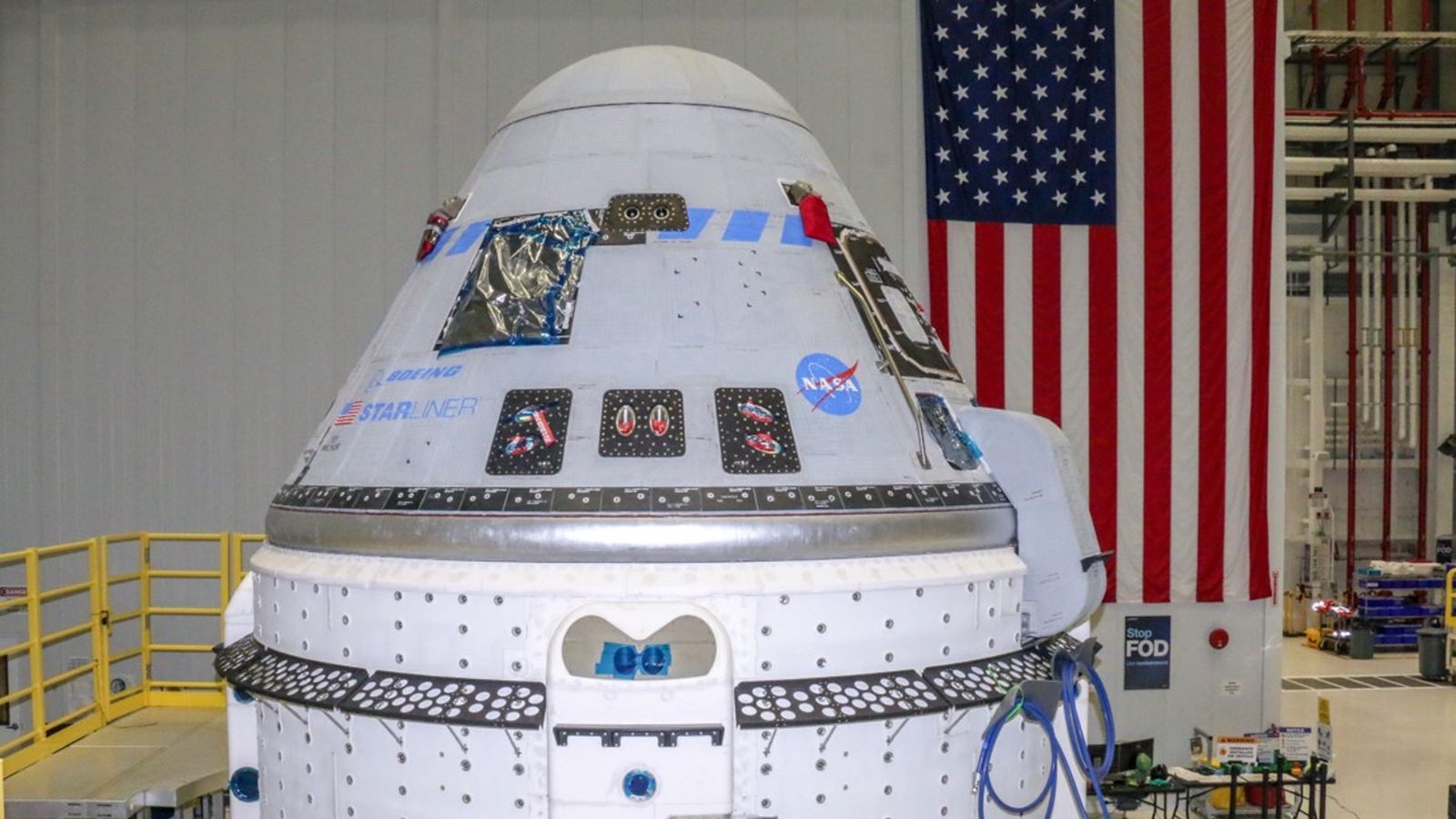Boeing’s Starliner is set to be launched to the ISS, which after being successful could be used for future flights for NASA Astronauts. It could potentially be the SpaceX’s Dragon crew capsule to send the crew to the ISS. It is scheduled to be launched at 6:45 pm Eastern time.

Manager of NASA’s commercial crew program, Steve Stich said, “We’re excited to fly. Starliner’s a great vehicle. Really, the only way to get the final piece of data you need to fly crew is to go fly in the environment and dock to the ISS.” After the successful uncrewed demonstration, Boeing will be the second private company that can fly NASA astronauts to the ISS. The demonstration is set to launch from Cape Canaveral in Florida atop a United Launch Alliance Atlas V rocket. More than 400 pounds of food, sleeping bags, and clothes will be bought up along with Rosie.
As per the reports, the weather looks good enough, with 70 percent changes ton the conditions being positive for a launch. If it is delayed, the weather may not be ideal. NASA astronauts lost their regular rides to the International Space Station back in 2011 when the space shuttle ended. Later came the Russian Soyuz spacecraft, as NASA’s commercial crew program was being implemented. NASA has been working with private business partners for a new generation spacecraft ever since then.
NASA Astronauts to ISS
Earlier this year, the company Axiom became the first to send an all-private group of space tourists to the ISS. Boeing’s new launch, called the Orbital Flight Test-2 (OFT-2), isn’t its first attempt at an uncrewed demonstration of Starliner.
The OFT-1 mission in December 2019 literally fell short, when software glitches caused the capsule to burn through propellant after launch. It went into orbit about 155 miles off the ground, but it never reached the ISS, which orbits much higher up. Boeing addressed that issue and planned another try last August, but during prelaunch preparations, engineers discovered problems with the oxidizer valves in Starliner’s propulsion system. The launch was scrubbed. Now those problems have been fixed, and there are no outstanding issues, said Mark Nappi, program manager of Boeing’s Commercial Crew Program, following Starliner’s successful launch-readiness review on Tuesday.
If all goes well with this week’s test mission, Boeing’s first crewed flight, carrying two or three NASA astronauts, could take off later this year. “We want to make sure this is a vehicle we can fly on the next time,” said Kathryn Lueders, associate administrator of NASA’s Space Operations Mission Directorate.











